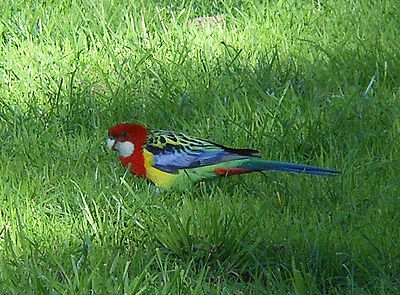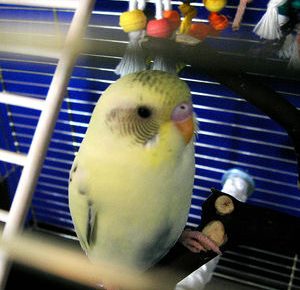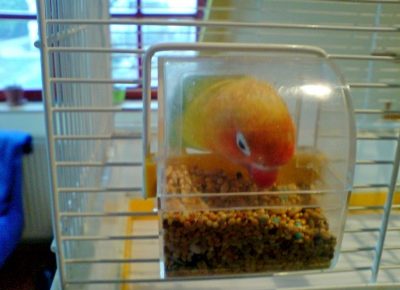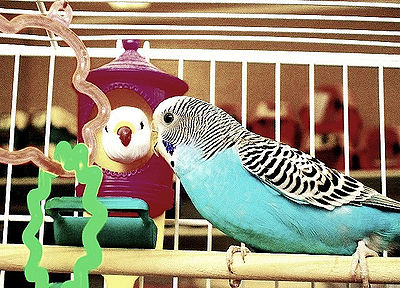
Most wild birds enjoy eating grass. And they eat every part of it including any bug who is unlucky enough to be found in the tufts of grass or its roots.
Grass has more uses than just food. Birds use grass to build or line their nests. They play toss the stalk with each other. They will even argue over bugs found in and around the grass.
Grass, simple and plain as it is, is available practically everywhere, so why not add some to your bird’s cage. Grass has the added advantage of not increasing calories in your bird’s diet.
Before you go outside and cut or pull up some grass for your bird, there are some safety measures to consider.
Check with your government agricultural department, your avian vet or online as to which grasses in your locale are not toxic to birds. Let them help you recognize the grasses that are good for your bird. Use only grass that is free of pesticides and herbicides.
You can purchase wheat grass from a health food store. Or sprout your own grass from bird seed. Make sure the potting mix you use does not contain any chemicals and is absolutely clean.
Many pet shops sell a grass packet that includes a tray, soil and grass seeds for birds. Growing your own may take a couple of weeks, but worth the wait.
You can put the grass in the cage several ways. Lay it on top of the cage for your bird to pull at. Set it in a tray at the bottom of the cage or a cage shelf. Make a small hole in a box with some grass protruding from it so that your bird has fun pulling it out. Tie a bunch of grass to a perch. Place the tray of sprouted grass in the cage.
Then sit back and watch as your bird happily enjoys eating and playing with the grass.



